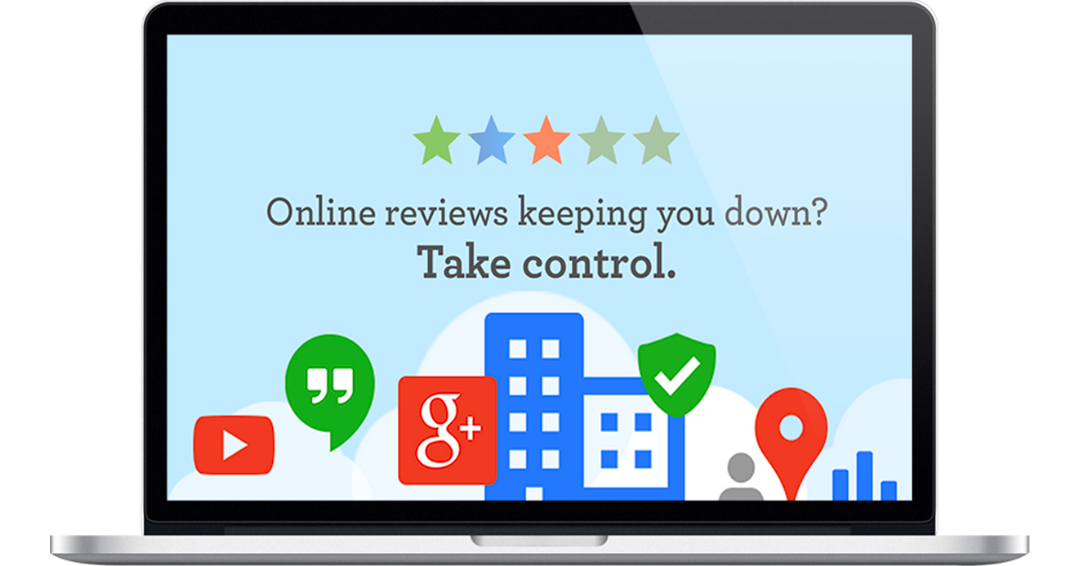Ask an online marketer what frustrates them the most about reaching customers and prospects online and you are likely to hear:
- Growing a network and lists
- Moving prospects through the buying cycle
- Finding ways to connect with their audience
Folks in marketing often talk about their prospects being overloaded with too much information, causing them to become indecisive which leads to marketers missing projections and sales goals.
The reality is that consumers are engaging online. Recent studies show that over 53% of active social networks FOLLOW A BRAND. If there are that many people actively interacting and engaging with brands online, what changes can be made to reach and engage the target audiences?
Sign #1 – Silence
If you are trying to figure out why your blog is not getting the traffic and engagement you want, the first place to look is at your content. Is it too broad? Too specific? Does it address the pain points of your audience? If so, take some time to review existing customer research or even easier, ask your existing customers to determine what type of information THEY would like to receive and what they would be more apt to share. Ask these questions at the conclusion of your blog posts to encourage the interaction. Promote your blog content on your company website and your other social channels. Remember, social networking is about engaging your customers in the conversation.
Sign #2 – Is Anyone Out There?
Q: How do I increase engagement? A: Be engaging.
Identify those folks that are influential in your industry as well as other organizations you are looking to target directly. Your social engagement will not improve you are constantly in self-promotion mode. Put some “skin in the game” and share some original content that actually mentions those individuals you want to connect with, or better yet, re-share information THEY have distributed on their sites as a sign of good faith.
Sign #3 – No One Visits Our Awesome Website
Is your content optimized for both search engines as well as the visitor experience? You can optimize your site for search engines, which will undoubtedly increase visibility online but if you are not getting the activity, inquiries, conversion on your calls to action you desire the site may very well not be optimized for the visitor experience. It’s time to break out the Google Analytics reports and pay particular attention to your bounce rate. You may be ranking well but once people get to your site they may not be finding what they need, needing what they see or the scent can be all wrong causing an immediate exit of your site and moving on to the next.
Tip: Look at the sites of your top competitors and see what they are doing that is working and not working to draw in your target audience.
Sign #4 – A Sound Investment
Don’t start with creating white papers, info-graphics, videos, guides or research papers until you first consider your audience. What do they want to consume and share? What sites are they spending their time on? Identify these key pieces of information and it should help guide you down the path to creating content in the proper format and setup to receive adequate exposure.
If you want your audience to engage with you and listen to what you have to say, you need to do the same. Learn what topics and tactics work best for your audience. Continue those that do and tweak those that don’t. Be flexible enough to evolve your strategy as the preferences of your audience changes. Monitor and engage in the conversations taking place equal to the amount of time promoting yourself or releasing information on social networks you are participating in.
What hurdles have been most difficult for you to overcome as an online marketer? If you could give one piece of advice to other content and social media marketers what would it be?




Leave A Comment
You must be logged in to post a comment.